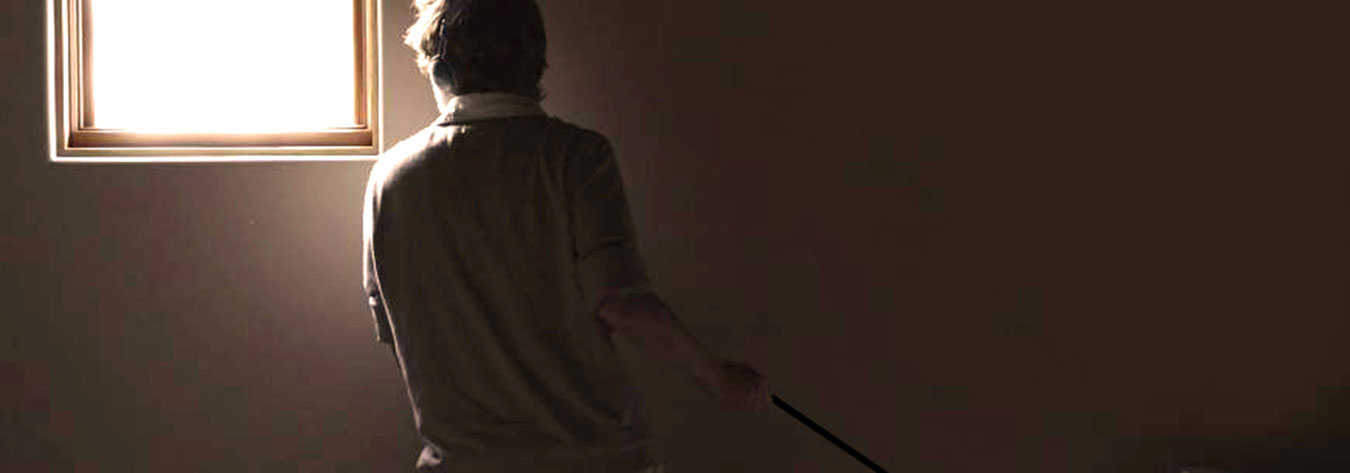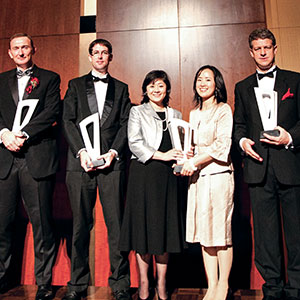A recently released Japanese government survey suggests that some 541,000 people between the ages of 15 and 39 (predominantly male) fall into the category known as hikikomori—recluses who cut themselves off from society. But these figures released by the Cabinet Office do not reveal the full extent of the problem, because they exclude people over 40 who suffer from the same condition.
While the latest survey indicates an overall decline in the number nationwide—a 2010 survey put the figure at 700,000—it also highlights a trend in which people are withdrawing for longer periods. Those who shut themselves in for at least seven years account for almost 35% of the total, followed by those who isolate themselves for between three and five years (28.6%) and those who’ve been reclusive for between five and seven years (12.2%).
The Ministry of Health, Labour and Welfare defines hikikomori as a state in which people refuse to leave their homes and so isolate themselves from society for a period exceeding six months. The psychiatrist Tamaki Saito, who has written extensively about the condition and who coined the term, qualifies the definition by adding that the state “does not seem to have another psychological problem as its principal source”. The term can also refer to the people who suffer from the condition.
However, some psychiatrists have speculated that there may indeed be a relationship with autism spectrum disorders, but that because of cultural and social pressures unique to Japan, such disorders present somewhat differently than in the West. Which is not to say that hikikomori is exclusively Japanese; cases have been reported in South Korea, the US and countries in Europe.
Nevertheless, the phenomenon is particularly acute in Japan. In his excellent 2006 publication, Shutting Out the Sun: How Japan Created its Own Lost Generation, the journalist Michael Zielenziger likens the condition to post-traumatic stress disorder.
Remarkably, he managed to interview a number of the shut-ins and concludes that, for many of them, the problem is that they simply do not see a way to fit in with Japanese society as it is today. They look to the older generation and simply do not want to follow the same path as they did.
Zielenziger argues that Japanese society, with its adherence to tradition and aversion to self-expression and individuality, stands in the way of social evolution. He claims that those afflicted individuals interviewed for the book had discovered independent thinking and a sense of self that the current Japanese environment could not accommodate.
The withdrawal often begins when the individual is in school, where they might be bullied or unable to keep up academically. The problem is compounded when the parents fail to recognise the symptoms and, thus, enable the child in his hermit-like behaviour. Some experts have said that middle class affluence in post-industrial Japan is a contributing factor, because it allows parents to support and feed an adult child in the home more or less indefinitely.
Furthermore, years of poor economic performance and an unstable job market make the social system, which demands years of competitive schooling for elite jobs, unappealing. For many, the process is pointless. If there is no guarantee of a job—let alone lifetime employment as used to be the case—why bother? This lack of a clear life goal makes many young people susceptible to social withdrawal.
Added to this, young people frequently face extreme pressure from parents and their peers to do well and to conform to the so-called norms dictated by society. Japanese youth are increasingly rejecting these norms, and so we see the emergence of phenomena such as “freeters”, people unemployed or in part-time employment, and “parasite singles”, typically young women who decline to marry, preferring to live at home with their parents. An extreme reaction to this is the complete withdrawal from society that is the hikikomori.







